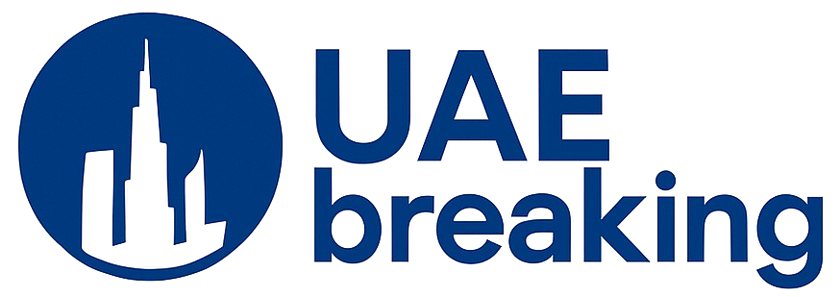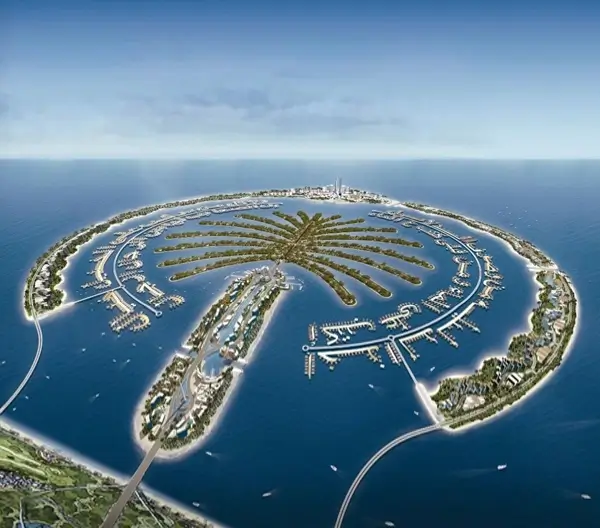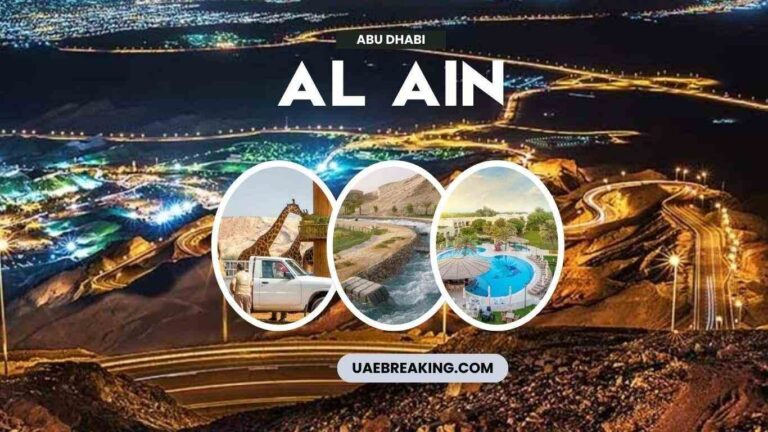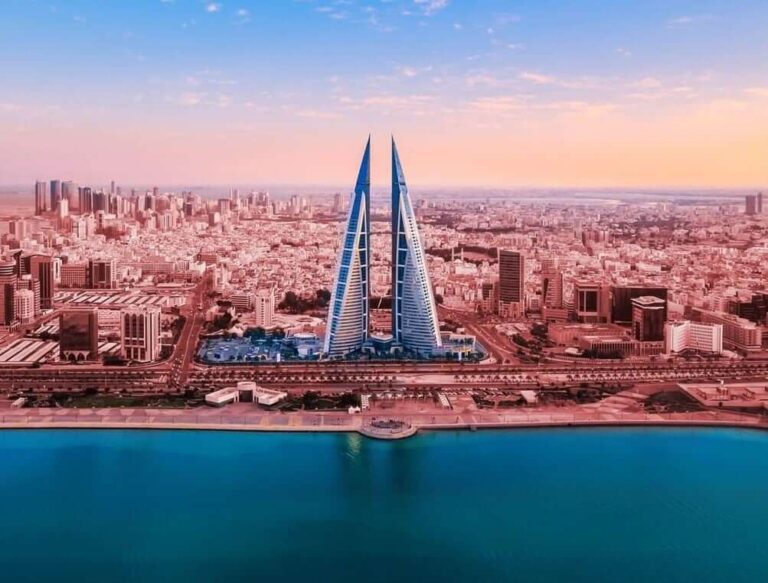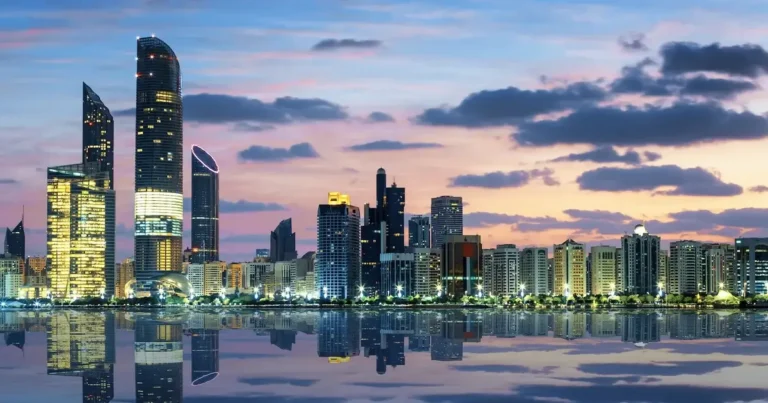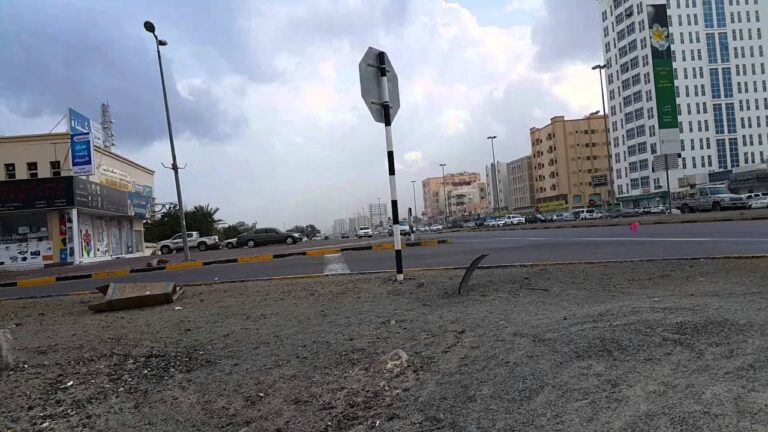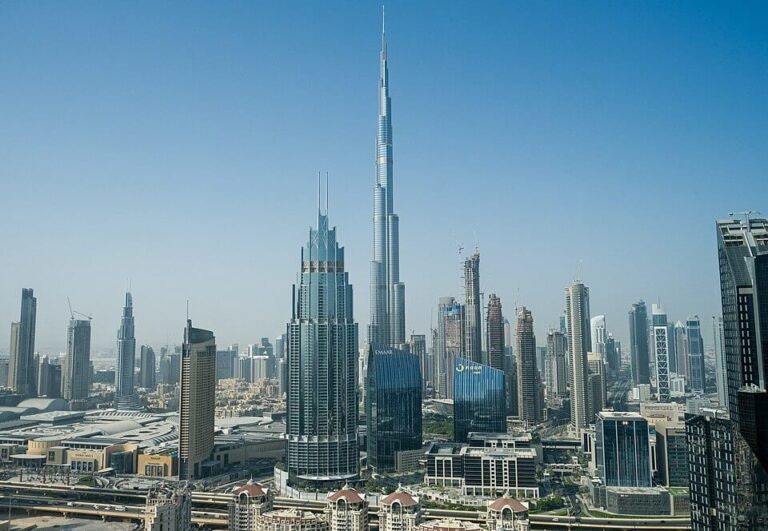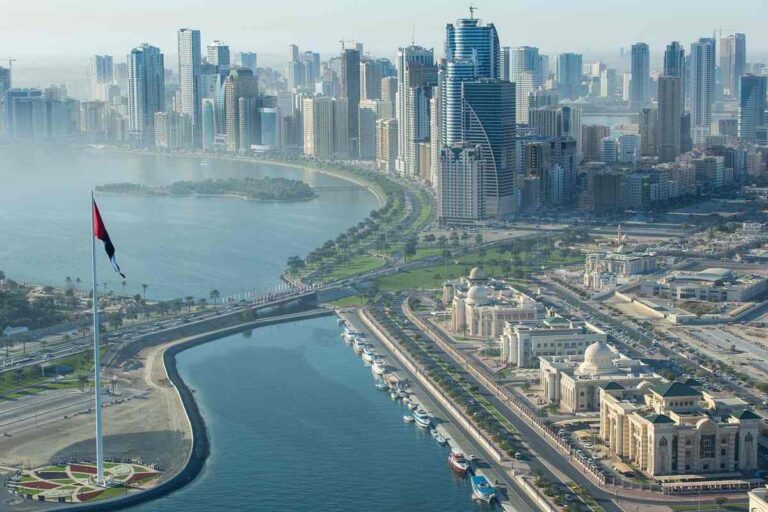Jebel Ali, Dubai: The Beating Heart of Trade, Industry, and Vision
Tucked 35 kilometers southwest of Downtown Dubai lies one of the UAE’s most ambitious success stories — Jebel Ali. Once a remote coastal outpost, it has evolved into a logistical titan and a cornerstone of Dubai’s non-oil economy. With the world’s largest man-made harbor, a thriving free zone, and the newly revitalized Palm Jebel Ali, this region isn’t just an industrial hub — it’s where the future of global trade, energy, and innovation is being engineered today.
The Strategic Soul of Dubai’s Non-Oil Economy
Jebel Ali’s transformation began in the 1970s under the vision of Sheikh Rashid bin Saeed Al Maktoum, who foresaw Dubai’s future beyond oil. His strategy: develop a port and an industrial corridor that could rival the best in the world.
At the heart of this plan lies the Port of Jebel Ali, operated by DP World, which today is the busiest port in the Middle East by container volume. Not only is it pivotal for regional transshipment, but it’s also a key refueling and docking station for the U.S. Navy, a testament to its strategic and geopolitical importance.
Surrounding the port is the Jebel Ali Free Zone (JAFZA) — a magnet for global enterprise. Offering 50-year tax exemptions, 100% foreign ownership, and seamless logistics, JAFZA is home to over 8,700 companies from 100+ countries, contributing a staggering 23% of Dubai’s GDP, predominantly from non-oil sectors like manufacturing, logistics, trade, and tech.
A Mosaic of Industry, Innovation, and Infrastructure

Jebel Ali isn’t just a port city — it’s a comprehensive industrial ecosystem. It hosts:
- Emirates Global Aluminium (EGA) – one of the world’s largest aluminum producers.
- Jebel Ali Power and Desalination Complex – a massive facility supplying water and electricity to much of Dubai.
- Oil bunkering terminals, massive warehousing zones, and customized labor housing.
Add to this mix the Dubai Investment Park (DIP) — a mixed-use development with industrial, commercial, and residential components — and the region becomes a model for self-sufficient economic zones.
Connected via Sheikh Zayed Road (E11), the Dubai Metro Red Line, and Al Maktoum International Airport, Jebel Ali enjoys world-class accessibility that supports its role as Dubai’s industrial engine.
Expo City Dubai: Legacy of Innovation
Bordering Jebel Ali is Expo City Dubai, the transformed legacy site of Expo 2020. More than just a leftover exhibition space, this area has been reborn as a smart, sustainable city focused on innovation, clean energy, and global collaboration. It adds a knowledge economy dimension to the traditionally industrial Jebel Ali, appealing to startups and researchers alongside shipping giants.
The Revival of Palm Jebel Ali: A New Chapter Begins
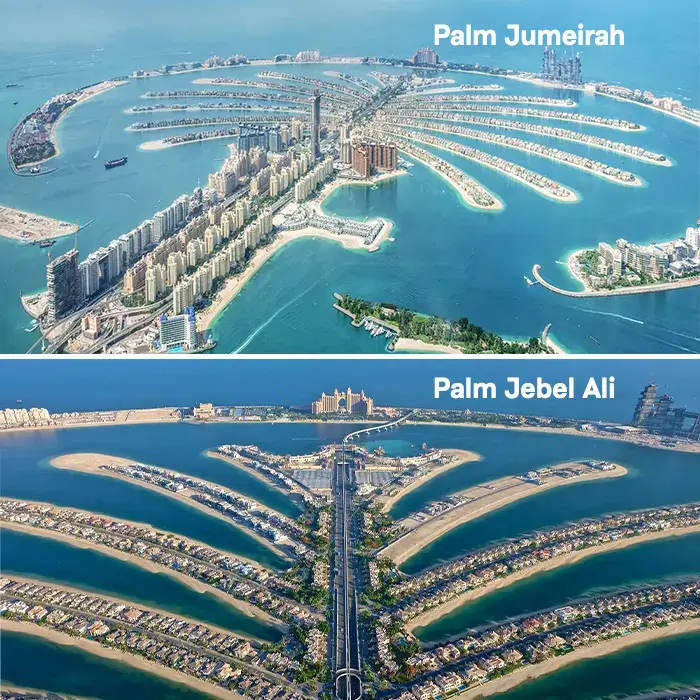
Off Jebel Ali’s shores lies Palm Jebel Ali, the ambitious sibling of Palm Jumeirah. Originally launched in the early 2000s and then stalled due to the global financial crisis, the project has recently been revived by master developer Nakheel.
Plans include:
- 1,700 waterfront villas
- 6,000 sea-facing apartments
- A blend of entertainment, luxury living, and tourism infrastructure
- Marinas, eco-friendly transit systems, and a massive new beachfront
The revived Palm Jebel Ali could soon become Dubai’s next iconic waterfront, positioning Jebel Ali not just as an industrial zone — but a luxury residential and tourism destination.
A Diverse, Well-Planned Community
With a population exceeding 540,000, Jebel Ali is divided into 18 communities — from labor-intensive industrial zones to upscale residential areas like Jebel Ali 1 and Dubai Investment Park. It reflects Dubai’s demographic diversity, housing blue-collar workers, executives, and entrepreneurs alike.
Despite being predominantly industrial, Jebel Ali has a strong sense of community — supported by mosques, retail hubs, and even a multi-faith Churches Complex with Christian churches, a Sikh gurdwara, and a Hindu temple.
Heritage and History
The origins of the name “Jebel Ali” trace back to Islamic tradition, possibly referencing a lookout point used by Ali ibn Abi Talib, the cousin of the Prophet Muhammad. In the modern era, Jebel Ali Village, constructed in the late 1970s, served as accommodation for foreign engineers and workers building the port — a British-style garden city ahead of its time.
While parts of the village have been redeveloped into luxury properties by Nakheel, the area remains symbolic of Dubai’s early drive toward progress and urban planning.
FAQs About Jebel Ali
What is Jebel Ali best known for?
Jebel Ali is best known for the Port of Jebel Ali, the largest man-made port in the world, and JAFZA, one of the most successful free economic zones globally.
Which city is Jebel Ali in?
Jebel Ali is located within the Emirate of Dubai, functioning as a key district in the city’s southwestern region.
Why was Jebel Ali abandoned?
It wasn’t. While the Palm Jebel Ali project was paused after the 2008 financial crisis, the wider Jebel Ali area continued to thrive industrially. The Palm project is now being revived by Nakheel.
Which metro goes to Jebel Ali?
The Dubai Metro Red Line serves Jebel Ali. It has stations including UAE Exchange (formerly Jebel Ali) and the Expo 2020 station for Expo City access.
Explore more about Dubai’s dynamic zones on UAEbreaking.com — your trusted source for UAE business, lifestyle, and regional development insights
- Al Bidiyah, Fujairah: A Spiritual Landmark Anchored in Time - July 24, 2025
- Qidfa’, Fujairah: The Oasis Town Rooted in Water and Wisdom - July 24, 2025
- Mirbah, Fujairah: The Coastal Hamlet Where Mountains Meet the Sea - July 24, 2025
